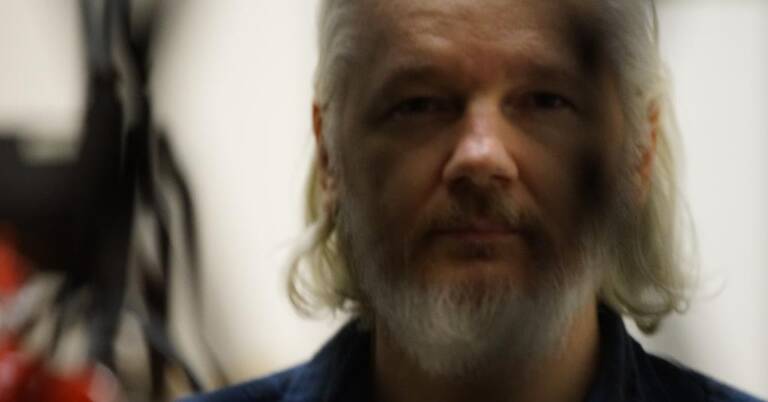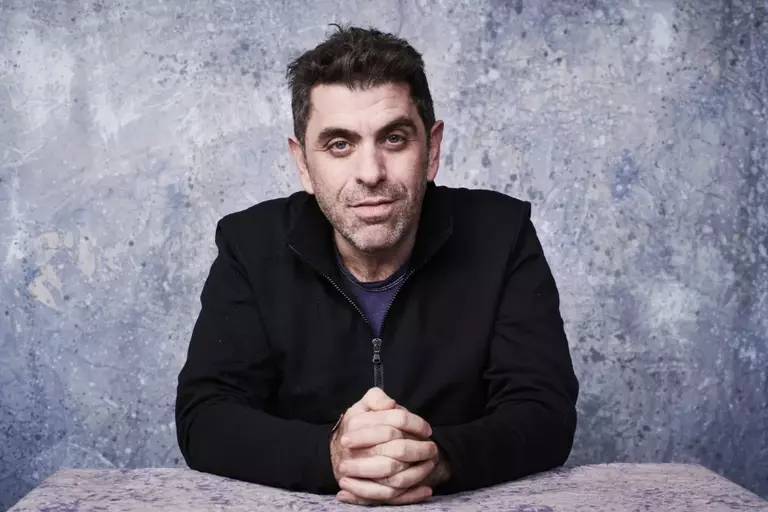
Cast: Juliette Binoche, Benoît Régent, Florence Pernel, Charlotte Véry
Review by Ben Thomas
Three Colours: Blue is a story of grief, and even more so a supreme meditation on the relationship between freedom and love. In the opening scene of the film, we watch Julie (Juliette Binoche), her husband, Patrice (Hugues Quester), and her daughter, Anna, in a devastating motor crash—their car flying head-on into a tree after the brakes fail. Patrice and Anna are killed. Julie wakes up in a hospital, alone, to the news of their deaths. She smashes a window and tries to overdose on medication, before confessing to the nurse. Her husband, a famous composer, has a televised funeral, which Julie watches from the hospital room on a portable device—such a significant trauma on such a small screen. Patrice has left his unfinished concerto, a resounding piece of music commissioned by the European Council. Julie holds onto something else pulled from Anna’s blue lampshade, gripping it so tightly that the rest of the film is awash with the same colour.
Julie, unable to physically kill herself, disassociates and detaches from everything around her. After sleeping with her husband’s close collaborator Olivier (Benoît Régent), in a failed attempt to feel something, she creates an almost gothic existence, giving away possessions, binning the concerto and isolating from relationships. She doesn’t want to know about the accident and we receive very little information about her life, the crash and the family. Her existence is both freeing and terrifying, but it is here, in the middle of this process of psychological death, that Julie finds an impossible inner-spirit to love unconditionally. Even as Julie throws things away, they keep re-emerging. There is no suggestion of any divine intervention—there’s no real explanation at all—but it appears too convenient to be coincidence. When Julie meets with Antoine (Yann Trégouët), a young man who witnessed the crash, he returns a cross necklace found at the crash site. She says he can keep it. It is almost as if by giving up everything, even religion, she finds a way to love painfully and joylessly.
Juliette Binoche’s performance confirms this. It’s largely impenetrable, not conventionally heroic, but she finds a way to be admirable nonetheless. Julie’s communication rests on small facial movements—mouth trembles and nose twitches—and glimmers of feeling. She is characterised initially by her eyes, but even they don’t give much away. Surrounded by big empty rooms and swayed by piano reverberations, all vibrancy and eroticism is drained from the central performance. Julie is not a universal figure, she isn’t immediately relatable, and is
held up as a radical exception. Indeed, most people would not react the way that she does, nor make the decisions that she does. Julie is not so much an example to follow, as a strangely alluring ideal who takes an extreme sacrificial approach to tragedy and trauma. Despite her terrible situation, she is able to come to the service of Lucille (Charlotte Véry) and Sandrine (Florence Pernel), as well as visit her dementia-stricken mother (Emmanuelle Riva). This is all achieved from a place of apparent emptiness. She is truly good and generous, and that requires suffering beyond even that of grief.
Is the film life-affirming? It might be, perhaps pragmatically so. But the film certainly doesn’t glee with life. The score and the colour, a paradox of diegetic and non-diegetic stimuli, flood moments with deep melancholy. Is Julie responding to it? Where is it coming from? Is it supernatural? The concerto, it turns out, is a song of love. The invasion of love. But love is also something haunting. It reminds Julie of the past while also appearing to point a way to the future. It leads her on and drags her back, complicated even further by the man that Patrice is revealed to be. The blue seems to be, most obviously, a connection to her daughter—associated with pangs of memory: her face, her laugh, her bedroom. But, where does it all lead?
The world of Three Colours: Blue is murky, but the actions that take place within it hold a peculiar radiance. Kieślowski is able to craft a human being who wields the power of forgiveness without lacking agency. Julie willingly chooses to lay down spite and anger and rage, in favour of something entirely more confusing—yet lasting. Three Colours: Blue is brutal in its lack of brutality. Every time Julie plunges into the bottomless blue swimming pool we imagine the physical explosions that never happened, the verbal tirades that weren’t unleashed and the emotional triggers that weren’t pulled. She deposits it all somewhere: miraculously.







1 thought on “Three Colours: Blue (15) |Close-Up Film Review
”
Comments are closed.